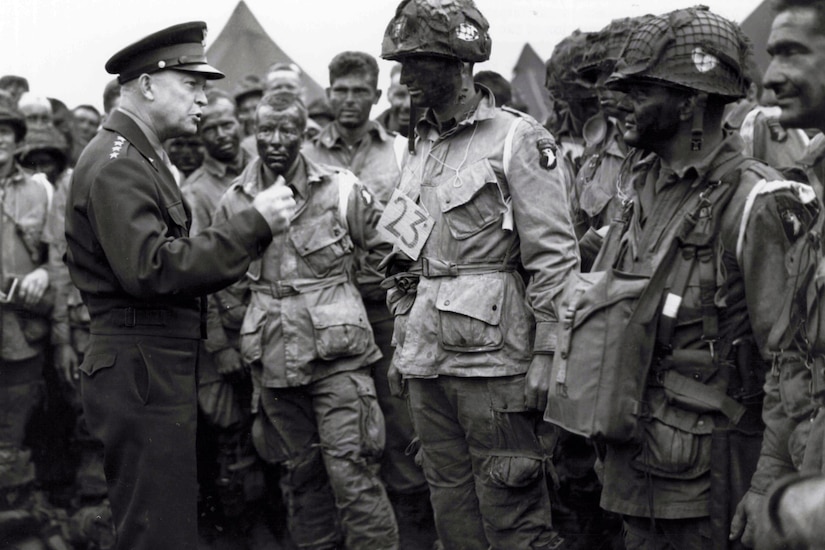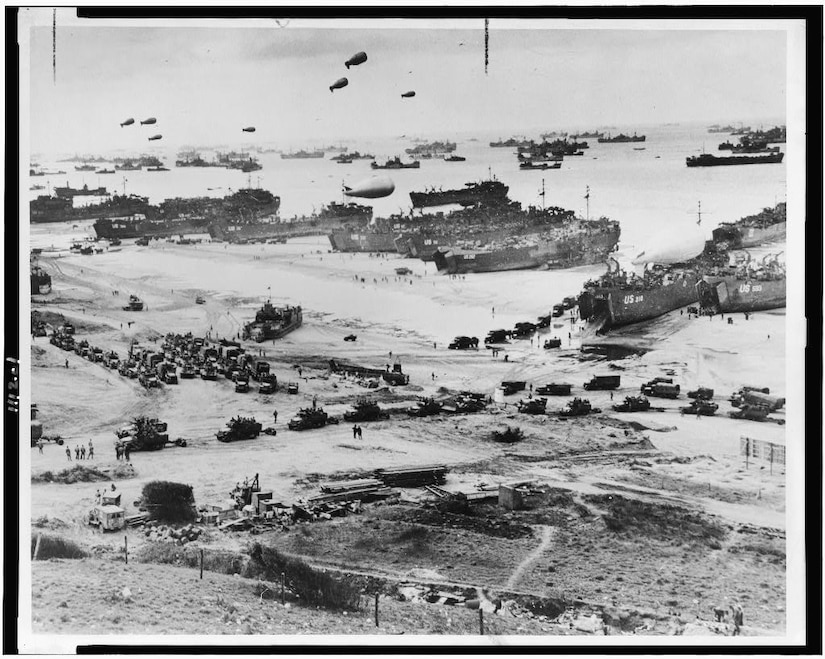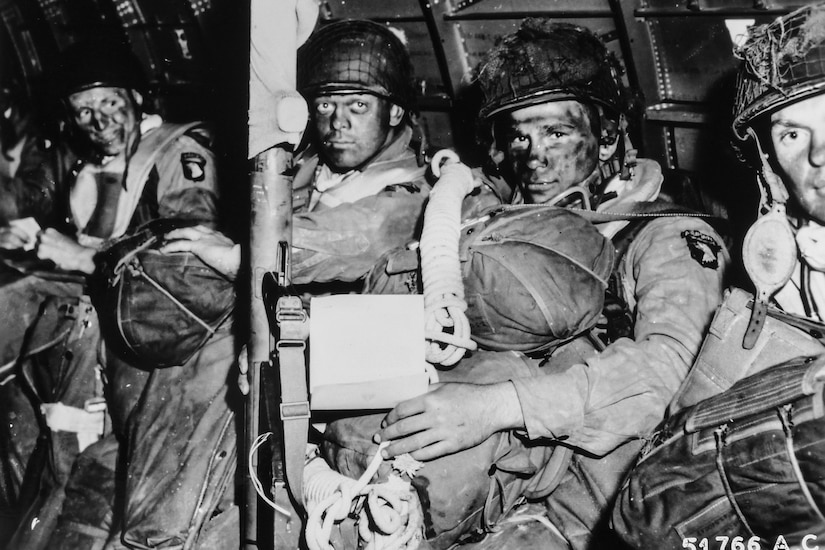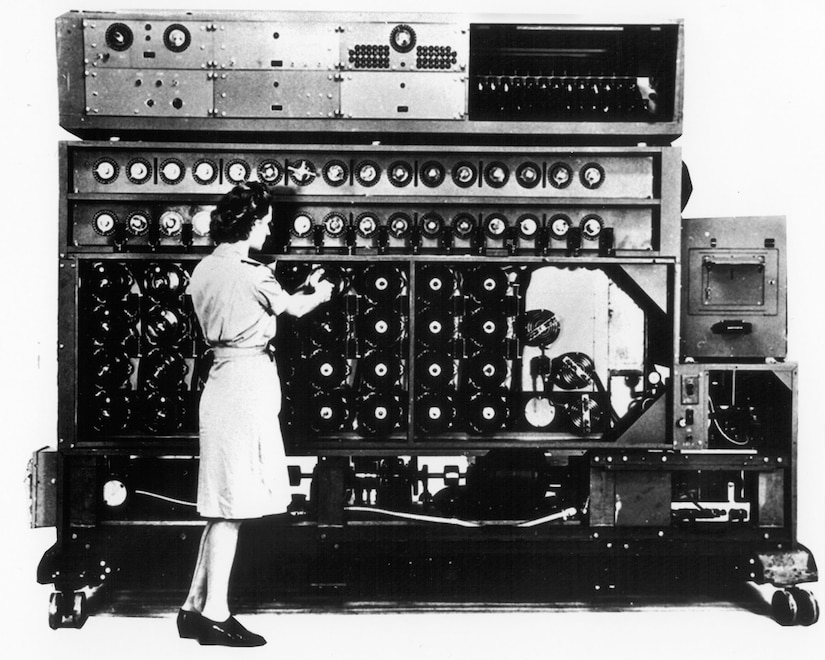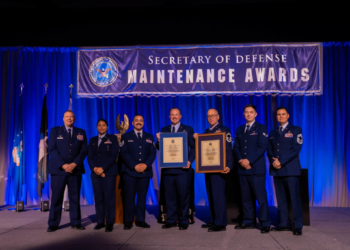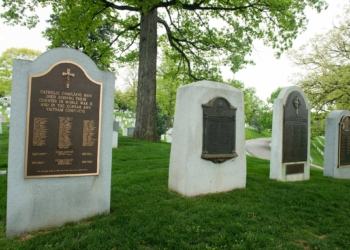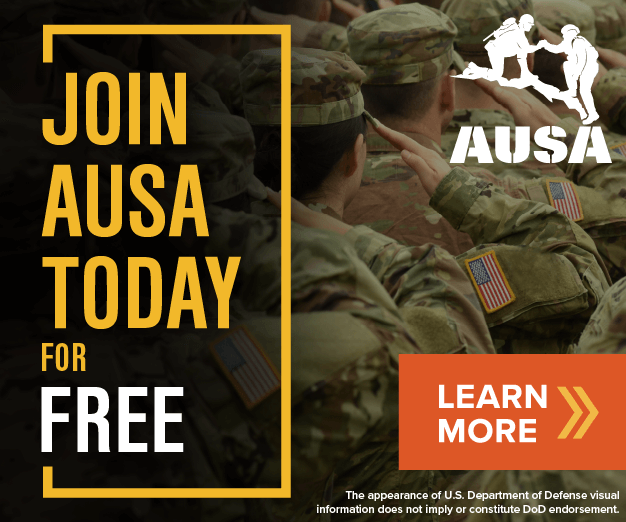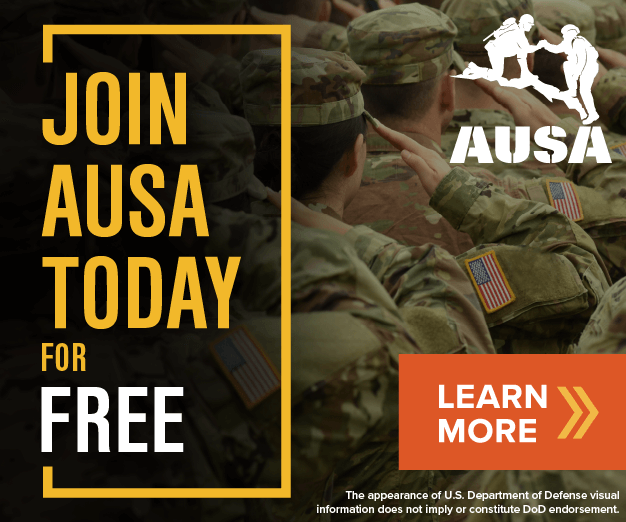D-Day. The Invasion of Normandy. Operation Overlord. It goes by various names, but we’ve all heard about it through history class, grandparents, the news or shows like “Band of Brothers.”
June 6, 1944, is the day when more than 160,000 Allied forces landed in Nazi-occupied France as part of the biggest air, land and sea invasion ever executed. It ended with heavy casualties — more than 9,000 Allied soldiers were killed or wounded in those first 24 hours — but D-Day is largely considered the successful beginning of the end of Hitler’s tyrannical regime.
READ: Michael Reagan honors father’s legacy through WWII project
The bravery by the paratroopers and soldiers who stormed Normandy that day is well-known, but there are a lot of things you may not know about D-Day. Here are a few of those nuggets.
Why it’s called D-Day
Do you actually know what D-Day stands for? Apparently it’s the most frequently asked question at the National World War II Museum, but the answer isn’t overly simple. Many experts have varying opinions, including that the D simply stood for “day,” a code used for any important military operation. Others have said it’s just alliteration, like “H-Hour,” when a military assault begins.
While the true meaning remains up for debate, we’ll go with what U.S. Gen. Dwight D. Eisenhower said about it through his executive assistant, Brig. Gen. Robert Schultz: “Be advised that any amphibious operation has a ‘departed date;’ therefore the shortened term ‘D-Day’ is used.” He said there were actually several other D-Days during the war — Normandy was just the biggest and most well-known.
D-Day was initially set for one day earlier
A lot of weather-related requirements were necessary to pull D-Day off. The days needed to be long for maximum air power usage; a near-full moon was needed to help guide ships and airborne troops; and the tides had to be strong enough to expose beach obstacles at low tide and float supply-filled landing vehicles far onto the beach during high tide. H-Hour was also crucial in that it relied on those tides to be rising at that time. There also had to be an hour of daylight just beforehand for bombardment accuracy.
Only nine days in May and June seemed to fit those requirements, so commanders eventually settled on June 5; however, thanks to forecasts that showed a short window of good weather that day, Gen. Eisenhower decided last-minute to switch D-Day to the early hours of June 6.
We only stormed 2 of the 5 beaches
Stories of how U.S. troops stormed the beaches of Normandy have been legendary for years, with the names Omaha Beach and Utah beach standing out in people’s minds. But the invasion stretched out over 50 miles of land, so we couldn’t do it alone. Three other beach invasions by Allied troops happened simultaneously: Great Britain and some smaller forces stormed Gold and Sword beaches, while the Canadians took Juno Beach.
D-Day was almost a failure
While the ultimate goal of liberating France and ousting the Germans did happen, a lot went wrong on D-Day — especially for the Americans, who were the first to launch the invasion.
Thousands of U.S. paratroopers died during their drop behind enemy lines at Utah Beach, having been shot out of the sky by enemy fire or weighed down and drowned in flooded marshlands. Many also missed their landing spots, as did the seaborne forces, which landed more than a mile from their intended destination, thanks to strong currents.
The Omaha offensive turned out to be the bloodiest of the day, largely in part because Army intelligence underestimated the German stronghold there. Rough surf caused huge problems for the amphibious tanks launched at sea; only two of 29 made it to shore, while many of the infantrymen who stormed off the boats were gunned down by Germans. Gen. Omar Bradley, who led the Omaha forces, nearly considered abandoning the operation.
Somehow, though, both sectors of U.S. troops managed to advance their positions for overall success.
Decoding ‘Enigma’ helped us win
Decoding the great German code machine known as Enigma, then keeping that decoding device a secret, is one of the most brilliant strategies that came out of World War II.
Long story short, since radio was the standard communication of the time, the Allies and the Axis powers both needed machines to turn military plans into secret codes. The Germans had Enigma, which was thought to be unbreakable — until it wasn’t. Early in the war, a team of Polish and British experts — led by Alan Turing, whose life and work are depicted in the Oscar-winning movie “The Imitation Game” — cracked that code through what became the foundation for the modern computer.
Instead of telling the world about it, though, leaders thought the device would be more useful if kept secret. So for years, German plans were hindered by the decrypted messages, including on D-Day. Officials said the German codes intercepted before D-Day precisely pinpointed nearly all of the German fighting units in the Normandy area. On D-Day itself, it also helped Allied commanders get word of their troops’ progress quicker than through their own communication channels.
Breaking Germany’s codes, and later those of the Japanese, proved to be a huge advantage for the Allies. While controversial for its secrecy, the decoding process has been widely credited with saving hundreds of thousands of lives and shortening the war by nearly two years.
Oh, and by the way, the U.S. military developed its own superior code machine — SIGABA — before entering the war. No one was able to break that one.
If you didn’t know any of those things before today, now you do! But either way, make sure to remember those who gave their lives that day to help ensure a better future for all of us.
This story was written by Katie Lange, DOD News.
(Editor’s Note: This item was originally published June 3, 2016.)
Read comments










